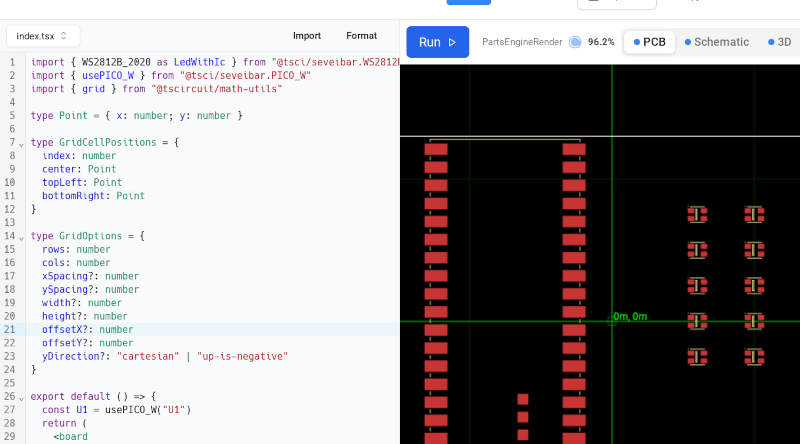Source: The Verge - All Posts

Epic Games v. Apple judge Yvonne Gonzalez Rogers just ruled that, effective immediately, Apple is no longer allowed to collect fees on purchases made outside apps and blocks the company from restricting how developers can point users to where they can make purchases outside of apps. Apple says it will appeal the order.
The ruling was issued as part of Epic Games’ ongoing legal dispute against Apple, and it’s a major victory for Epic’s arguments. Gonzalez Rogers also says that Apple “willfully” chose not to comply with her previous injunction from her original 2021 ruling. “That [Apple] thought this Court would tolerate such insubordination was a gross miscalculation,” Gonzalez Rogers says.
The judge also referred the case to the US attorney to review it for possible criminal contempt proceedings.
As part of the ruling, the judge says that Apple cannot:
- Impose “any commission or any fee on purchases that consumers make outside an app”
- Restrict developers’ style, formatting, or placement of links for purchases outside of an app
- Block or limit the “use of buttons or other calls to action”
- Interfere with consumers’ choice to leave an app with anything beyond “a neutral message apprising users that they are going to a third-party site”
Apple’s senior director of corporate communications, Olivia Dalton, sent a statement to The Verge that reads, “We strongly disagree with the decision. We will comply with the court’s order and we will appeal.”
Epic Games CEO Tim Sweeney says that, following this ruling, the company will bring Fortnite back to the US App Store “next week.” Sweeney is also offering a “peace proposal” from Epic: “If Apple extends the court’s friction-free, Apple-tax-free framework worldwide, we’ll return Fortnite to the App Store worldwide and drop current and future litigation on the topic.”
We will return Fortnite to the US iOS App Store next week.
— Tim Sweeney (@TimSweeneyEpic) April 30, 2025
Epic puts forth a peace proposal: If Apple extends the court's friction-free, Apple-tax-free framework worldwide, we'll return Fortnite to the App Store worldwide and drop current and future litigation on the topic. https://t.co/bIRTePm0Tv
In many cases, Apple takes a 30 percent cut of purchases made in its apps, and Gonzalez Rogers’ 2021 ruling forced Apple to allow developers to point to alternative payment options. But Apple instituted a policy that demanded developers pay Apple a 27 percent commission on those purchases, which many companies, including Epic, were unhappy about.
“In the end, Apple sought to maintain a revenue stream worth billions in direct defiance of this Court’s Injunction,” Gonzalez Rogers says. She notes that, inside Apple, App Store chief Phil Schiller advocated for the company to comply with the injunction, but that CEO Tim Cook “chose poorly” by ignoring Schiller and letting CFO Luca Maestri “convince him otherwise.”
Update, April 30th: Added statement from Apple.


